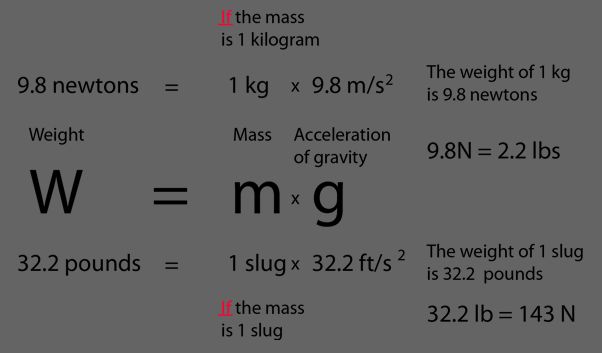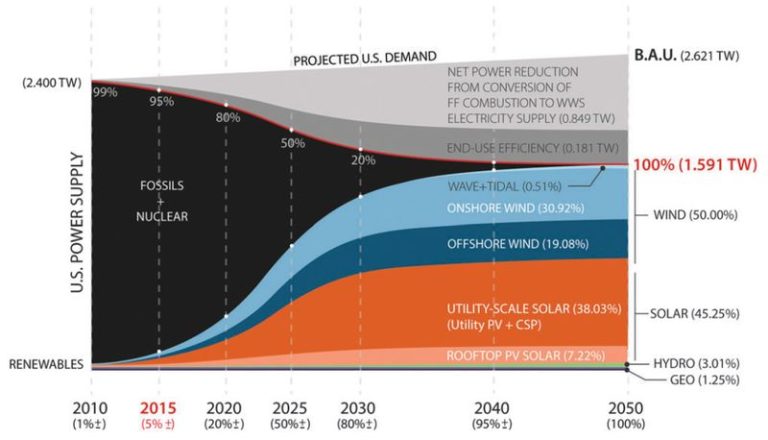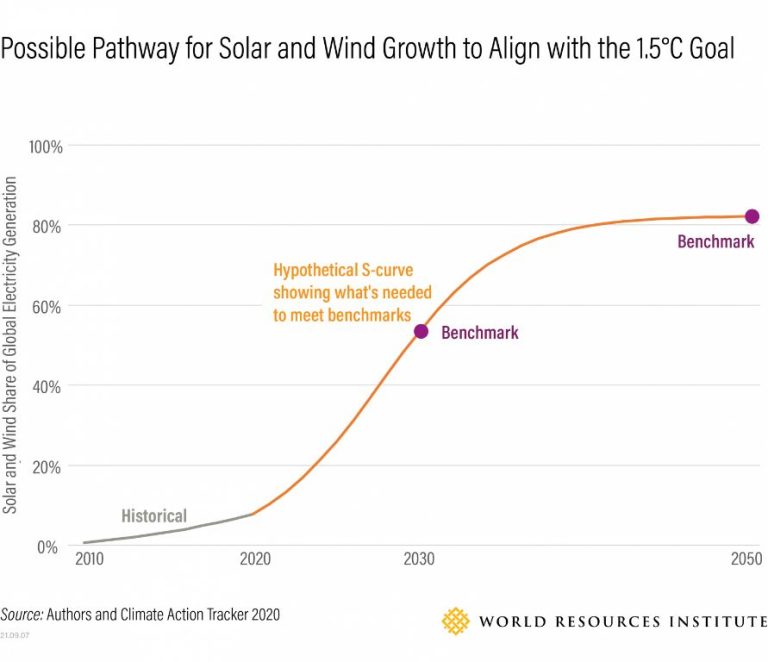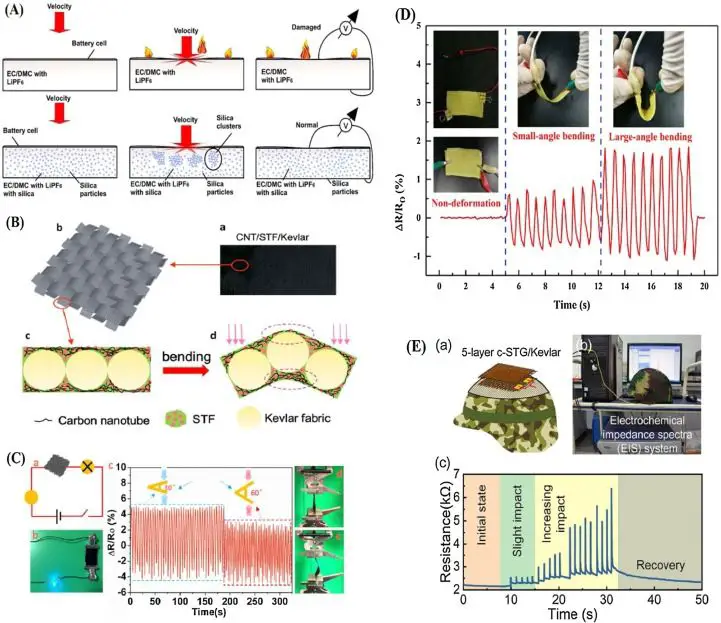Why Is Work Equal To Change In Potential Energy?
Introducing Work and Potential Energy
Work and potential energy are two important concepts in physics that are closely related. Work refers to the transfer of energy by applying a force over a distance. Potential energy is the stored energy an object has due to its position or configuration.
When an external force displaces an object, it does work and this changes the potential energy of the object. Work and potential energy are linked by the work-energy theorem, which states that the net work done on an object equals its change in potential energy.
In simple terms, when you apply a force to move something, you are doing work and changing its potential energy. This principle applies in many systems, from lifting objects against gravity to compressing springs. The key takeaway is that work and potential energy are intrinsically tied together.
Work-Energy Theorem
The work-energy theorem states that the work done on an object by external forces is equal to the change in the object’s kinetic energy. In more mathematical terms:
Work = Change in Kinetic Energy
Or:
W = ΔKE
Where W is work, Δ is change in, and KE is kinetic energy.
This theorem demonstrates a very important physics concept – the direct relationship between work and change in an object’s energy. When an external force does work on an object by displacing it, that work gets transferred into the object as kinetic energy, causing it to speed up. So the work put into the system by external forces causes a direct change in the object’s energy.
The work-energy theorem can also be applied to potential energy. In those cases, the work done on an object by external forces equals the change in the object’s potential energy instead of kinetic energy:
Work = Change in Potential Energy
Or:
W = ΔPE
This shows that when work gets done on an object, energy gets transferred into potential energy of that object, like gravitational potential energy or elastic potential energy.
The work-energy theorem demonstrates the direct relationship between work and changes in an object’s energy, whether kinetic or potential. It is one of the most important concepts illustrating the conservation of energy in physics.
Mechanical Energy
Mechanical energy refers to energy associated with the motion or position of an object that has both kinetic energy and potential energy. Kinetic energy is the energy an object possesses due to its motion or velocity. An object with a greater mass and/or greater velocity will have more kinetic energy. Potential energy is stored energy due to an object’s position or chemical composition; potential energy is converted into kinetic energy in situations such as a ball rolling down a hill or chemical energy being converted into motion.
The mechanical energy of an isolated system is the sum of its kinetic and potential energies. For example, a pendulum has mechanical energy due to its motion (kinetic) and its height above the ground (potential). The principle of conservation of energy states that the total mechanical energy of an isolated system remains constant, though kinetic and potential energy within the system can be converted between forms. Mechanical energy is a key concept across physics, engineering, and other technical fields.
Conservation of Energy
The principle of conservation of energy states that energy can neither be created nor destroyed, only transformed from one form to another. This is a fundamental law of physics that applies to all closed systems, where no energy enters or leaves. When it comes to the concepts of work and potential energy, the conservation of energy plays a critical role.
Let’s consider a simple example – lifting a book from the floor and placing it on a table. As you lift the book upwards against the downward pull of gravity, you have to do work. This work gets stored in the book as gravitational potential energy. At the start, the book has zero potential energy when on the floor. But at the end when it’s on the table, it has gained potential energy equal to the work done on it. This energy was not created, but transformed from the mechanical work done by your muscles.
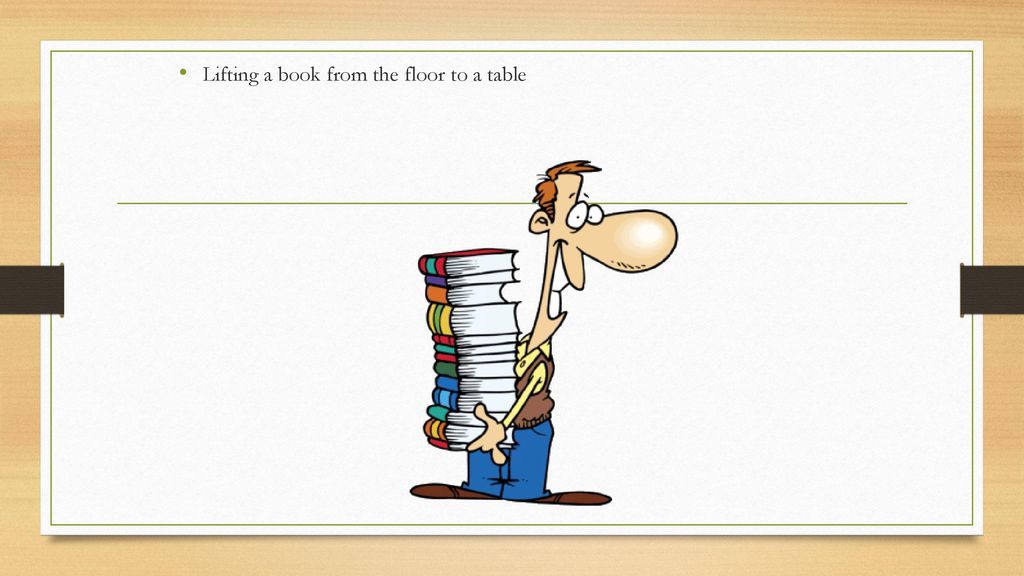
According to the work-energy theorem, the net work done on an object is equal to its change in kinetic energy. But including potential energy, we get a more complete picture. The sum of net work done and change in potential energy equals the change in total mechanical energy. This is a restatement of the conservation of energy principle.
In essence, work gets converted into potential energy whenever an object gains height against a force like gravity. And this potential energy can be converted back into kinetic energy and work. The total amount of energy remains constant, obeying the law of conservation of energy.
Work and Force
When a force acts on an object and causes the object to move, it does work on the object. Work is defined as force times distance. The force must cause the object to move in the direction of the force in order for work to be done.
Mathematically, work is calculated using the equation:
Work = Force x Distance
Where force is measured in Newtons (N) and distance is measured in meters (m). This means the SI unit for work is the Newton-meter (Nm) or Joule (J).
For example, if a 10 N force acts on an object and moves it 3 meters in the same direction as the force, the work done by the force on the object is:
Work = Force x Distance
Work = 10 N x 3 m
Work = 30 Nm = 30 J
In summary, the work done by a force on an object depends on two factors – the magnitude of the force, and the distance moved by the object in the direction of the force. The greater the force and distance, the more work is done on the object by the force.
Gravity and Potential Energy
Gravitational potential energy is the energy stored in an object due to its vertical position relative to the Earth or another object with mass. For example, a ball held above the ground gains potential energy due to the pull of gravity attracting it downward. As gravity pulls the ball closer to the Earth’s surface, it speeds up and its kinetic energy increases. At the same time, its potential energy decreases as it loses height relative to the ground.
The formula for gravitational potential energy is:
PEgrav = mgh
Where:
- PEgrav is the gravitational potential energy in joules (J)
- m is the object’s mass in kilograms (kg)
- g is the gravitational acceleration constant (9.8 m/s2 on Earth)
- h is the object’s height above the ground or reference point in meters (m)
This formula shows that an object’s gravitational potential energy increases linearly with its height and mass. The higher and more massive an object is, the more potential energy it possesses. This potential energy can be converted into kinetic energy as gravity accelerates the object downward.
For example, consider a 2kg ball held 5m above the ground. Its gravitational potential energy would be:
PEgrav = mgh
= 2kg * 9.8m/s2 * 5m
= 98 J
As the ball falls, this 98J of potential energy gets converted into kinetic energy, allowing it to speed up until it hits the ground.
Springs and Potential Energy
When a spring is stretched or compressed from its relaxed length, it stores elastic potential energy. This is because work must be done against the spring’s restoring force to extend or compress it. The potential energy stored in the spring depends on how far it is displaced from its equilibrium length.
The formula for the potential energy stored in a spring is:
PE = 1/2 kx2
Where k is the spring constant, and x is the displacement from the spring’s relaxed length. The spring constant determines how stiff the spring is – a larger k means more force is required to compress or extend the spring. The 1/2 factor comes from integrating the force over the distance.
As an example, imagine a spring with a spring constant of 100 N/m. If you were to compress this spring by 0.2 m, the potential energy stored in the spring would be:
PE = 0.5 * 100 N/m * (0.2 m)2 = 2 Joules
This potential energy is released as kinetic energy if the spring is allowed to return to its relaxed length. The conversion between potential and kinetic energy in springs demonstrates the conservation of mechanical energy in physics.
Examples and Calculations
To better understand the relationship between work and change in potential energy, let’s go through some example calculations. We’ll start with a simple setup of an object being lifted upwards near the surface of the Earth.
Imagine lifting a 10 kg mass vertically upwards by 5 meters. The work done on the object by the lifting force is equal to the force times the distance. Since the force needed to lift the object is equal to its weight (mg), the work is:
W = F*d
W = mg*h
W = (10 kg)(9.81 m/s2)(5 m)
W = 490.5 J
This positive work done results in an increase in the potential energy of the object. The change in potential energy of the object is equal to its mass times the gravitational acceleration times the height change:
ΔPE = mgh
ΔPE = (10 kg)(9.81 m/s2)(5 m)
ΔPE = 490.5 J
We can see the work done equals the change in potential energy, verifying the work-energy theorem in this scenario. We could also look at an example with a compressed spring…
Applications
The work-energy theorem has many practical applications in the real world. Understanding the relationship between work and potential energy is crucial in fields like engineering and physics.
One major application is power generation. Most power plants operate by converting some form of potential energy into electrical energy. For example, hydroelectric dams utilize the potential energy of water held behind the dam. As the water falls, it turns turbines to generate electricity. The equations around work and potential energy allow engineers to calculate exactly how much power can be produced from a given water source.
Amusement park rides like rollercoasters also rely heavily on conversions between potential energy and kinetic energy. Rollercoasters use gravity and their initial height to accelerate to high speeds. The peaks and valleys of the ride track are designed using the work-energy theorem. This ensures that the rollercoaster has enough potential energy at each peak to make it over the next drop.
Understanding potential energy is also key for things like bungee jumping. The cords are designed to stretch based on the jumper’s weight and height of the jump. This allows the jumper to safely reach speeds and bounce back up based on the conversion between potential energy, kinetic energy, and the elastic potential energy in the bungee cord.
Even simple machines like ramps and pulleys rely on differences in potential energy to move loads and do work. Overall, the work-energy theorem forms the foundation for any system that uses stored energy to perform work over some distance.
Conclusion
In conclusion, the work-energy theorem provides deep insight into the relationship between work and potential energy. We’ve seen how work done on an object by an external force leads to a change in the object’s potential energy. This transfer of energy is governed by the conservation of energy principle. Whether it’s a block being pushed up a ramp, a ball being launched into the air, or a spring being stretched or compressed, the amount of work done will always equal the change in the object’s gravitational or elastic potential energy.
Understanding this fundamental connection allows us to make powerful calculations and predictions about mechanical systems. The work-energy theorem and conservation of energy lay at the heart of mechanics and physics as a whole. By grasping the equivalence between work and potential energy change, we gain a deeper comprehension of how energy flows and transforms in the universe. The simple yet profound work-energy relationship reveals the underlying unity and elegance of nature’s laws.

